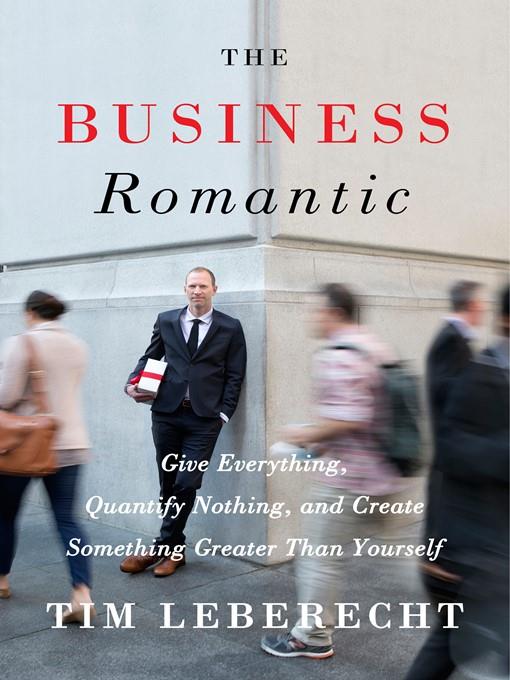
The Business Romantic
Give Everything, Quantify Nothing, and Create Something Greater Than Yourself
کتاب های مرتبط
- اطلاعات
- نقد و بررسی
- دیدگاه کاربران
نقد و بررسی

September 29, 2014
Leberecht, chief marketing officer for NBBJ, a global architecture firm, fervently believes that we can’t—and shouldn’t—separate our work lives from our personal lives, aiming in this idealistic but overly flighty manifesto to restore a sense of meaning and transcendence to his readers’ work. According to a 2013 Gallup poll that Leberecht cites, only 13% of employees are fully engaged with their jobs, while 63% report some disengagement and 24% feel “actively disengaged.” The conclusion that Leberecht draws from these statistics is that in a challenging, changing time, “we must keep sacred our younger, cherished notions of work and its meaning.” The book presents seven different types of “business romantics”: the lover, the business traveler, the outsider, the voice, the guardian, the “visioner,” and the believer. It also lists several “rules of enchantment,” including “give more than you take” and “keep the mystique.” Leberecht illustrates these lessons with tales of people, like Twitter editorial director Karen Wickre, who are adhering to their values in an ever-changing world. Though this is unusually well written for a business book, it’s unclear which audience it speaks to and what message, other than the comforting one that work should be inspiring and fun, it aims to convey.

February 15, 2015
Corporate chief marketing officer Leberecht asserts that romance is a critical element of work, one much needed for employees to bring their fullest and best selves to work. The problem is, although examples abound in this narrative, there are no real road maps to follow. Sure, the author provides a dozen actions that will help create and drive employees' romance with what they do, yet much of his argument is based on specific companies with specific cultures. Suffering, for instance, is one such activity; he cites Tartine Bakery in San Francisco as a business with incredibly loyal customers who will wait and wait and wait for the goods. Or corporations that anoint an artist in residence, an outsider who deliberately provokes the flow of imagination and ideas inside. Still other businesses, such as LEGO, Google, and Frog Design, promote romance with ulterior motivesall, naturally, transparent. Leberecht does include a tool kit and one organization chart that shows how a romance project might be run. The ability to create and find moments of love in what you do and how you do it . . . is an evangelism similar to brand love. (Reprinted with permission of Booklist, copyright 2015, American Library Association.)

























دیدگاه کاربران